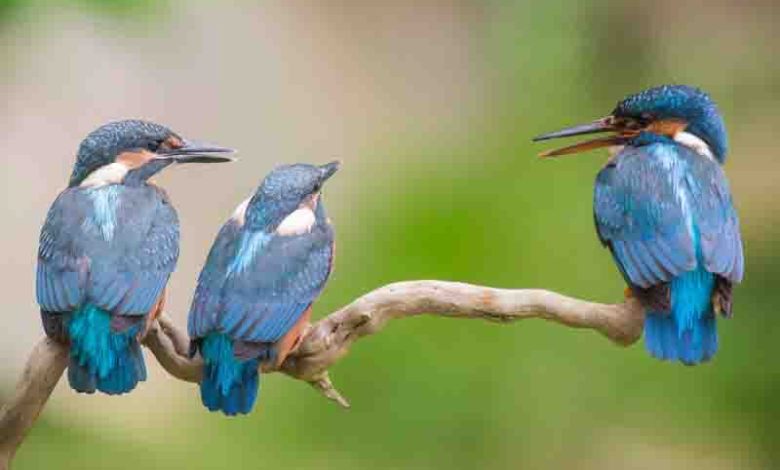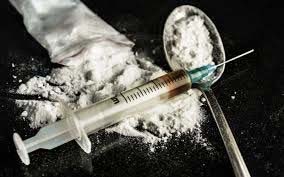Punjab: How pollution from micro plastics is silencing India’s birds

Punjab: In India’s wetlands, coastlines and cities, the familiar cacophony of chirping birds is fading away. Plastic pollution — often thought of as a marine or urban problem — is now threatening bird populations in ways that are both direct and indirect. Like other parts of the country, Punjab is also affected and the presence of microplastic pollution in water bodies such as rivers, canals, ponds, lakes and even sediments is becoming a growing concern. The agricultural state has rich biodiversity and is home to numerous bird species.
Microplastics: The invisible killer
Microplastics — tiny particles smaller than 5 mm in size — are more dangerous than visible plastics. These particles found in water bodies enter the food chain through fish and insects and eventually reach birds and humans. These particles contain toxic chemicals such as PCBs and DDT, which disrupt hormones and harm immunity, growth and reproduction.
Birds face four major threats from plastic. These are
Ingestion: Mistaking plastic for food, birds eat bottle caps, wrappers and microplastics. These block digestion, cause organ damage and reduce hunger signals. Bird parents also feed plastic to chicks, mistaking them for prey. Entanglement: Discarded fishing lines, kite strings and packaging strips entangle birds, leading to deformities, starvation or death. Nesting threats: Urban birds use plastic fibres in nests, exposing chicks to heat stress and toxins. Disruption of the food chain: “Plastic pollution is now a major cause of decline in bird populations across India,” said Dr Tejdeep Kaur Clare, a leading ornithologist at Ludhiana-based Punjab Agricultural University. He added, “Carnivorous and insectivorous birds that depend on clean water bodies and wetlands are particularly at risk. If plastic continues to poison our rivers, ponds and skies, the silence of birds will soon be a reminder of our own ecological failure.” A study conducted by the Indian Institute of Science, Bengaluru in 2022 found microplastics in the faeces of urban crows, revealing widespread contamination through food waste and water.
Why is it important?
Field reports from Tamil Nadu, Uttar Pradesh and Assam suggest deaths of kingfishers, herons and egrets due to plastic in their stomachs. In Delhi and Mumbai, landfill waste is harming saprophytic birds such as the black kite. Even Chilika Lake and the East Kolkata wetlands are seeing a decline in bird numbers due to plastic-laden waters. Village ponds, once centres of biodiversity, have become garbage dumps. Rainwater washes plastic waste into low-lying wetlands, suffocating aquatic ecosystems where birds feed and nest. Birds are vital to ecosystems — they pollinate plants, spread seeds, control pests and clean up waste. They play a vital role in the food chain and biodiversity. Their loss disrupts food webs and signals wider environmental collapse. “Plastic pollution is not just an aesthetic problem — it is a biological hazard,” warns Dr Sandeep Jain of the organisation People for Animals. “Birds are the first to be affected, but it has a cascading effect on every species, including humans. When birds disappear, the ecosystem is disrupted,” he said.





